Upgrading to the iPhone 16 Pro
After more than three years, I was ready to switch to a new model, the iPhone 13 Pro Max. These are my first impressions.
Introduction
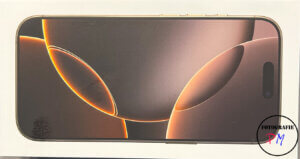 After more than three years with the iPhone 13 Pro Max, I made the switch to the iPhone 16 Pro a few weeks ago. This switch was primarily in the hope of having improved options for both photo and video recording. This includes the fact that Apple now offers recording in Apple Log, so you can later edit them in Da Vinci Resolve, for example. The higher camera resolution was also important to me, but more on that later.
After more than three years with the iPhone 13 Pro Max, I made the switch to the iPhone 16 Pro a few weeks ago. This switch was primarily in the hope of having improved options for both photo and video recording. This includes the fact that Apple now offers recording in Apple Log, so you can later edit them in Da Vinci Resolve, for example. The higher camera resolution was also important to me, but more on that later.
Features
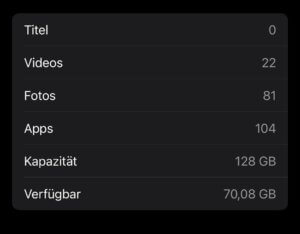
When choosing the iPhone this time, I opted for two technical features. Firstly, I have the Pro version, but deliberately not the Pro Max version, as it ended up being a bit too large for me on the iPhone 13, especially if you occasionally use a gimbal. Secondly, I had the 256 GB storage version of the iPhone 13 Pro Max. Now with the iPhone 13 Pro, I’ve gone back to 128 GB of storage, partly because I still had about 100 GB of free storage on my old iPhone, but also because the iPhone 16 Pro has a USB-C port, so video clips, photos, and the like can also be stored on an external hard drive.
With a 6.3-inch screen diagonal, the iPhone 16 Pro is slightly larger than, for example, the iPhone 13 Pro, which only had a 6.1-inch screen diagonal.
Impressions
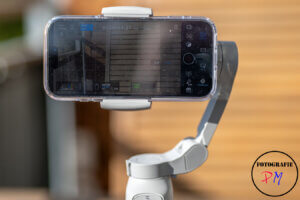
The difference in weight and size compared to the iPhone 13 Pro Max is immediately noticeable when you pick up the phone. It’s easier to handle, and the weight reduction is also noticeable.
There are hardly any differences in handling, except that the iPhone 16 Pro Max and iPhone 16 Pro have a new hardware button that allows you to quickly activate the camera app. This allows you to specify which camera app to use, for example, the Apple Camera app or an app from a third-party manufacturer.
Transferring all apps and settings to the new iPhone was done, as is almost usual, using the migration tool and was problem-free. Only passwords and other data are not transferred, of course, and must be re-entered for each individual account.
The USB-C port

The USB-C port on a phone is, of course, the main difference compared to my old iPhone 13 Pro Max, and you can also notice the difference in the transfer rates to external storage. Other accessories, such as connecting a microphone with a corresponding USB-C adapter, also work perfectly.
Connecting external drives, especially SSDs, is also problem-free. I usually use a Samsung T7. However, I also have NVMe in an external enclosure from Icy Box, but unfortunately, I don’t have a connection. Apparently, this works because the external drive then requires too much power, which the iPhone might not be able to provide.
Nevertheless, this port is truly a revelation compared to the old Lightning port. Not only in terms of the port’s easy brightness, but also the transfer speed to another medium.
Photo and Video Camera Results

As usual, you can specify in the Photos app whether the High Format, i.e., a compressed JPEG format, or DNG as a RAW format is being used.
However, Apple now offers resolutions of up to 48 megapixels in this camera, so RAW files can sometimes exceed the 100 MB limit.
What’s also new is that there are now five focal lengths built in: an ultra-wide angle lens, as before, a regular focal length, and, unlike the Pro Max, a 5x telephoto lens, although this only operates at twelve megapixels. In between, there’s a 2x telephoto lens, which also operates at a lower resolution, but apparently offers slightly better resolution.
The 5x focal length is useful in good light. However, it’s more about having the right crop than about optical quality. It would have been better if Apple had included a different or better lens.
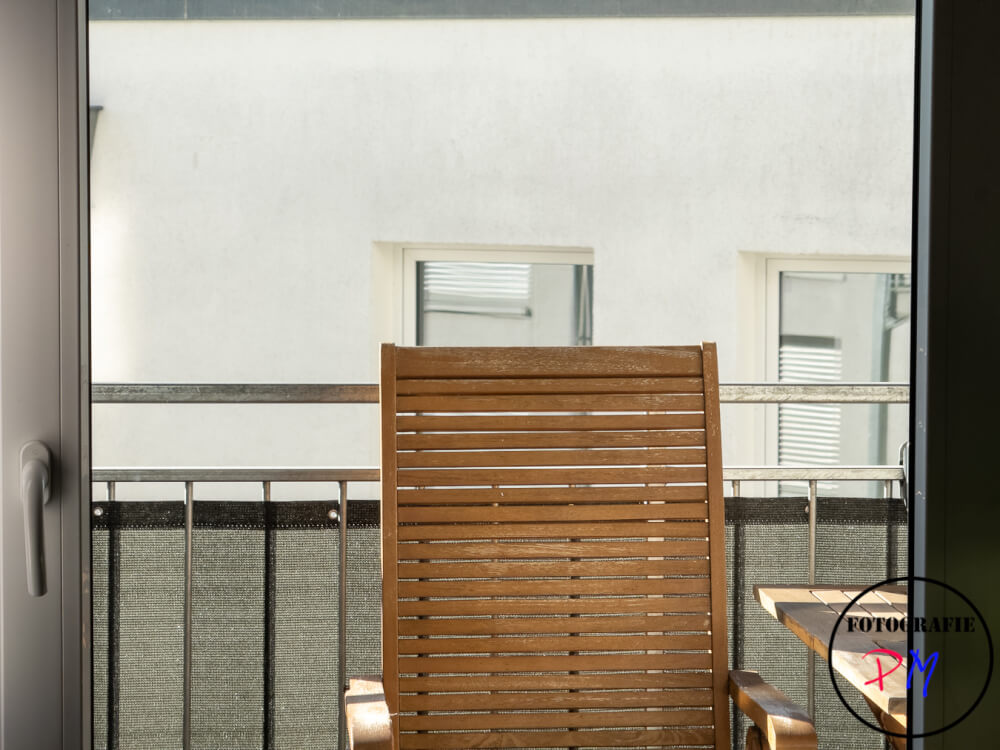
A new feature for video recordings is that they can now be recorded not only in the usual HEVC format, but also in Apple Log and ProRes, which, however, results in very large files, so when recording in 4K, for example, recording the video clip to an external SSD is mandatory.
For me personally, it’s nice that I can now take advantage of the Black Magic camera’s options; for example, I can film in Log.
But at the same time, with this log recording, I’m not tied to ProRes, but can also select the standard H265 format.
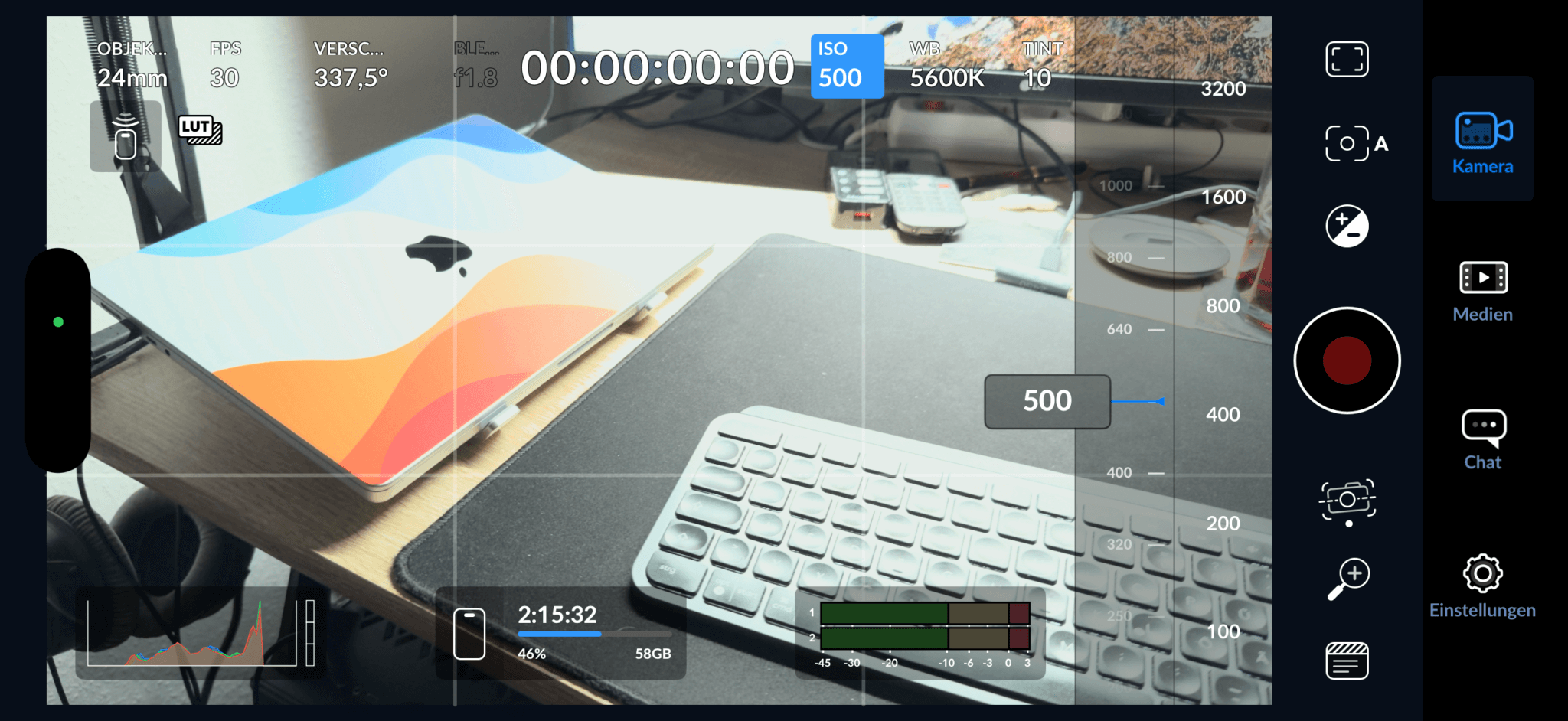
Since the Blackmagic Cam can now also be controlled remotely, I’ll soon be able to finally uninstall Filmic Pro, which I switched to a subscription model some time ago.
Camera Details
However, if you compare the RAW files with those of, for example, the iPhone 13 Pro Max, you’ll notice, especially with the UWW, that the iPhone 16 Pro’s images appear less sharp.


If you compare the images with the 12 MP of the iPhone 13, you quickly realize that the 48 MP of the iPhone 16 Pro are just upscaled without really offering any more detail. And then there’s one more thing: only shooting in DNG format, the HEIF is massively oversharpened, but that, combined with the upscaled 48 MP, makes it even worse.
That’s a real shame, but I would have expected more actual resolution here, even though I know, of course, that a smartphone camera can’t compete with, say, a Lumix S5 and the Sigma 24mm/f2.0.
Conclusion
There have been a few small improvements in video (Apple Log, ProRes, SSD recording), but the iPhone 16 Pro is a disappointment when it comes to photos. I would have expected more quality from Apple here, and it didn’t need to be 48 MP either; a proper 16-20 MP with a better lens would have suited the iPhone well.
ciao tuxoche



